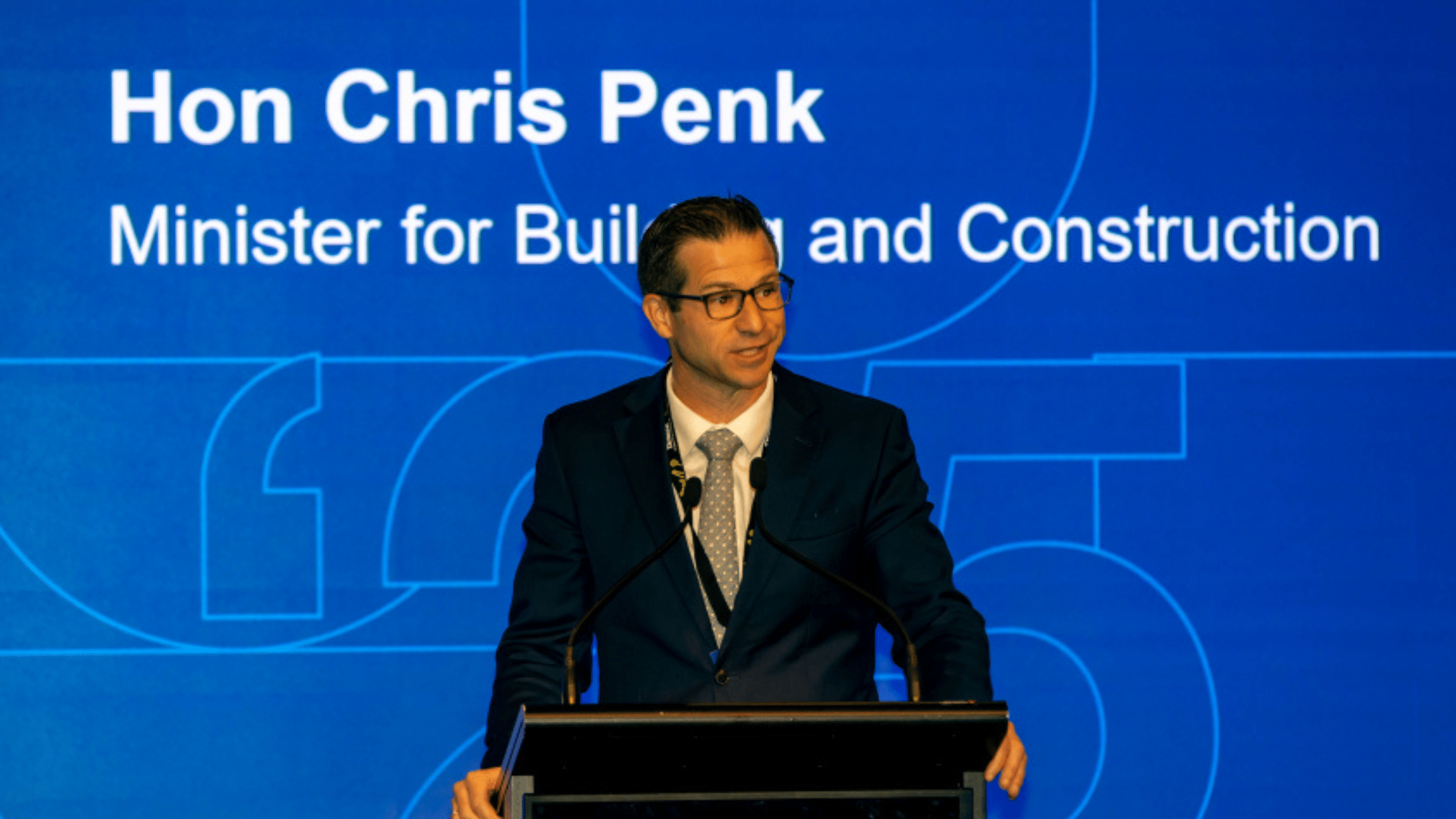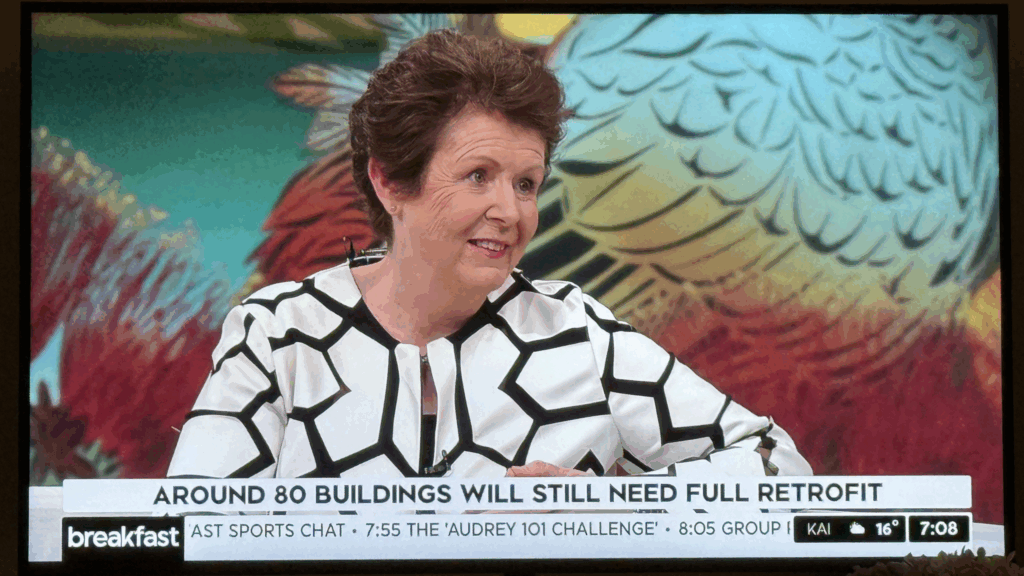The Government has announced sweeping changes to the way earthquake-prone buildings (EPBs) are assessed and managed, scrapping the controversial New Building Standard (NBS) percentage system and introducing a new, risk-based approach.
Under the changes, the EPB system will focus only on buildings that genuinely pose a risk to human life in medium and high-seismic zones. This includes concrete buildings three storeys or higher and those constructed with unreinforced masonry. Auckland, Northland, and the Chatham Islands will be removed from the regime entirely, while coastal Otago will be reclassified as a medium hazard area.
Remediation will no longer be a “one size fits all” exercise: owners will face four possible outcomes:

We are the voice of property
Property Council New Zealand has strongly advocated that the old NBS system was arbitrary, confusing, and disproportionate, leaving thousands of buildings empty and communities burdened with unfair costs. We’ve been at the forefront of advocacy for change and believe this announcement is a much-needed reset.
Leonie has been highlighting our issues with NBS in recent press, “For too long, shifting rules have paralysed investment and forced people out of safe buildings because of arbitrary percentages. A difference of just 1% in NBS could make the difference between a building being occupied or abandoned. The new approach replaces that with clear, practical rules that focus on real risk.”
Property Council has never taken its foot off the pedal in this space, highlighting through government engagement and media, how the current NBS system no longer stands fit for purpose.
Big shifts with real impact
Regional recognition of risk is a particularly smart shift, as Leonie puts it, “It makes no sense to apply Wellington’s seismic rules to Auckland, which doesn’t sit on an active fault line. By focusing resources where the risks are greatest, we can protect people without wasting billions on unnecessary work. This is common sense reform that will keep communities safe and thriving.”
The overhaul also gives owners more flexibility. Councils can now grant up to 15-year extensions, seismic upgrades won’t automatically trigger costly fire or accessibility requirements, and change-of-use buildings will only need to meet the new mitigation standards. Priority building definitions have been narrowed to cover only structures that risk blocking emergency routes or unreinforced masonry that could fall onto pedestrians or vehicles.
Further reform imminent
Alongside the EPB reset, the Government has also begun to address one of the most pressing issues for Property Council members: liability under the Health and Safety at Work Act 2015.
Minister Penk has confirmed in Cabinet papers that the new Bill will clarify how the HSWA and the Building Act 2004 interact. Under the reforms, duty holders who comply with the Building Act’s requirements to manage seismic risk will not also face a higher or conflicting standard under health and safety law for the same risk.
This adjustment is expected to reduce confusion and unnecessary duplication, giving directors and owners greater confidence that meeting one set of rules will keep them compliant.
The Government has also acknowledged the additional remediation costs that heritage buildings face and should seek to address this in the coming legislation.
20-year review in our sights
Property Council has long advocated for a two-tier system that enables greater clarity in seismic decision-making and more stable rules, including a longer review cycle for regulation.
While our suggested 20-year review cycle has not been initially adopted, it remains an important goal here at Property Council, as emphasised by Leonie: “Shifting seismic standards every few years doesn’t just hurt property owners, it undermines communities. We’ve seen schools relocated into temporary classrooms, small businesses forced to close, and billions of dollars in stalled investment because the rules kept changing. Japan has shown us that stable rules give owners, engineers, and investors the confidence to plan long-term. New Zealand should be no different.”
What’s next?
Looking ahead, we see the reset as a positive step for the property industry and the communities it serves. Having worked hard to advocate for this change since 2017, we look forward to continuing engagement with Minister Penk’s office and providing our feedback on the new bill (likely to be introduced early 2026 and passed before October 2026) to advocate for the further reform we need.
If you are interested in being a part of this work going forward, please contact Sandamali to join our seismic taskforce.
Watch Leonie Freeman on TVNZ’s Breakfast show on Tuesday, 30 September, explaining the impact of the proposed earthquake-prone building changes.
🔗 Watch it now online (approx. 51 mins in).
Author | Sandamali Ambepitiya
Sandamali arrived at Property Council with a Bachelor of Arts and Law, and experience as an advisor with the Employers & Manufacturers Association.
Conscientious and detailed, Sandamali leads our advocacy in the South Island and Wellington regions. She is also leading our work on the reform of the resource management and building systems and sustainability / seismic strengthening.
An excellent listener, Sandamali is in her element when facilitating stakeholders and members to develop our advocacy positions.



